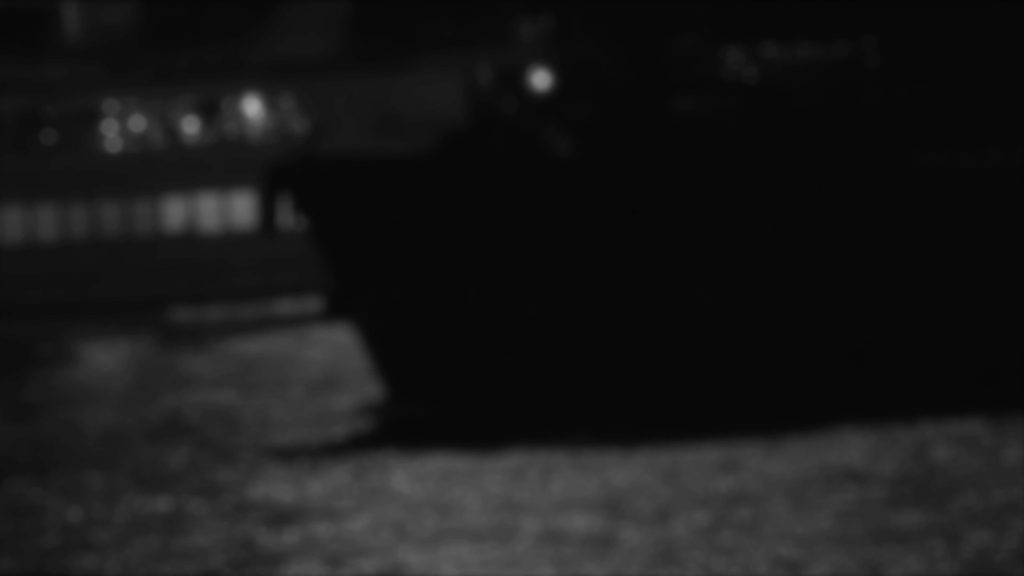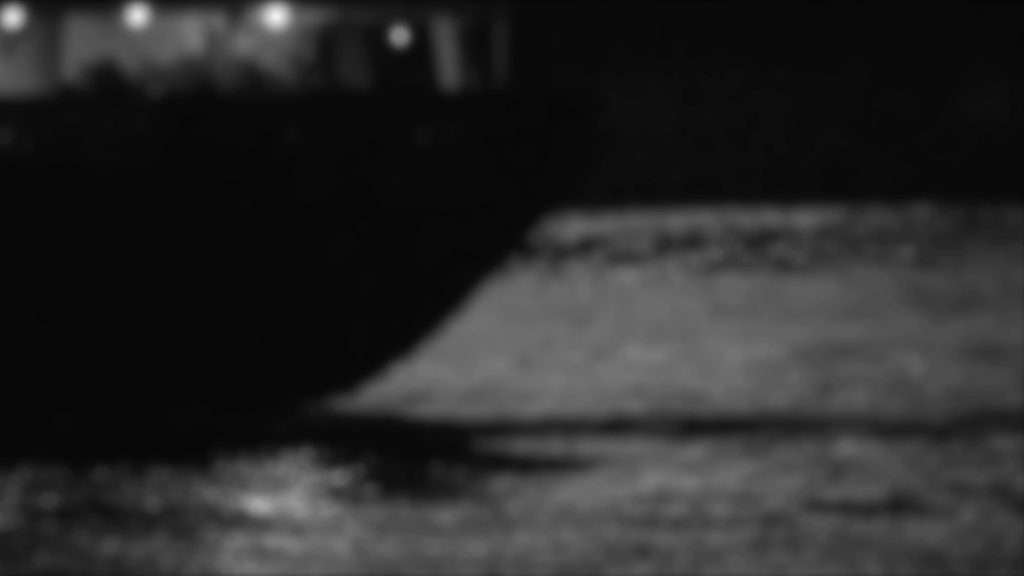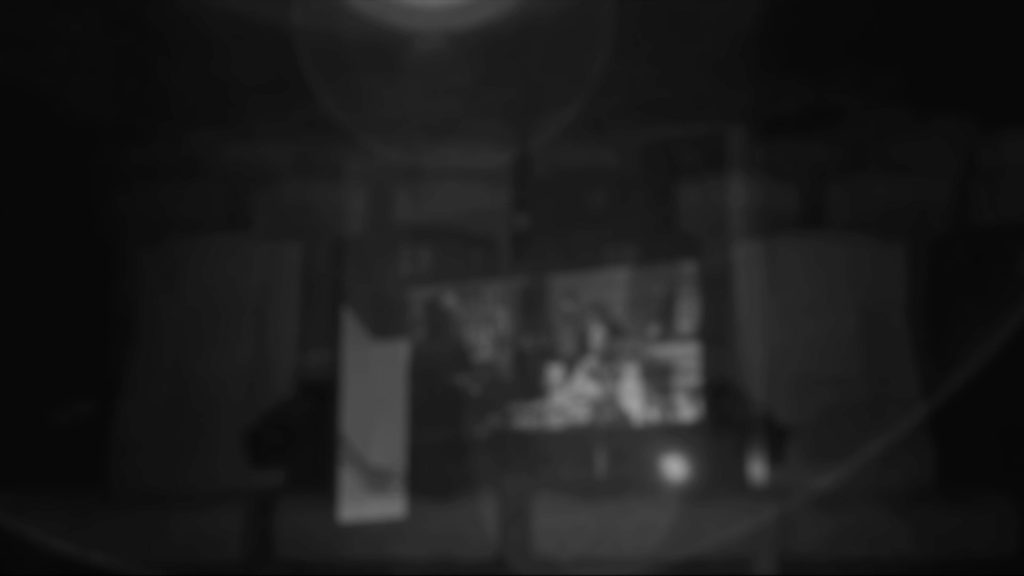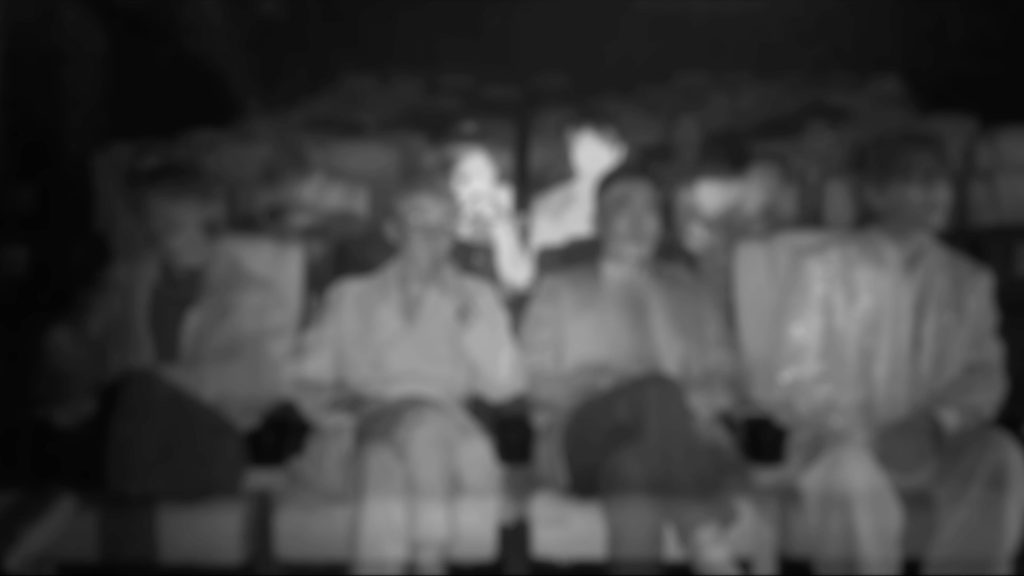




As an attempt to probe into how Shanghai took shape, PREMATCH casts light on the competing histories of the rivers originating from Lake Taihu on the one hand; and on the other, the evolution of monetary regulation, which has taken the place of hydraulic engineering and become a major governance device in modern society. Today many road names and landmarks in Shanghai are still reminiscent of the once developed river network despite that many of those river mouths, rivulets, ditches, pools, lakes, river bends and confluences no longer exist. The process of so-called “Huangpu replacing Wusong”, referring to the fact that the once inferior Huangpu River took the place of Wusong River (Suzhou Creek) as the most important river in Shanghai, laid the foundation for Shanghai to emerge as the only core on the Taihu Plain. Intriguingly, monetary regulation in the metaphorical sense seems to have become the water system of the modern times. The increase or decrease in its liquidity and growth rate touches the very nerves of the city. In Flowers of Shanghai, director Hou Hsiao-Hsien managed to visually revive the sense of ghostliness embedded in the original novel, The Sing-song Girls from Shanghai, by playing with kerosene lamp and flickering rays of light. Payne Zhu attempts to recapture the ghostly visual effects in Hou’s film through the infrared light from night vision cameras. And in the meantime, he also endeavors to touch upon the financial elements looming in the novel but left out in the film to reconstruct a contemporary version of the “flowers of Shanghai”.


这是一部尝试追问上海如何形成的影片。影片围绕着多重支脉展开,一方面是太湖水系的河道相互竞逐的历史,另一方面是已悄然替代了水利成为现代社会治理工具的货币调控。上海的路名、地标至今仍萦绕着那些或留存或消失的浦、泾、沟、塘、浜、湖、湾、汇;而“黄浦夺淞”—小黄浦演变为黄浦江,吴淞江降格为苏州河的进程,使得上海喧宾夺主成为太湖平原上的唯一核心。与之形成参照关系的是,现代货币流动性增量的多与少,增速的急与缓,仿佛牵动着这座城市的神经。侯孝贤导演在《海上花》中通过调教煤油灯与把控整个影像中光线的扑闪,将《海上花列传》小说原著中的鬼性激活。佩恩恩试图借助夜视相机发出的红外射线去追随侯氏的鬼性影像,并试图重新捕捉溢出《海上花》之外,在《海上花列传》中若隐若现的上海的金融性,重构一个当代版本的海上花世界。
